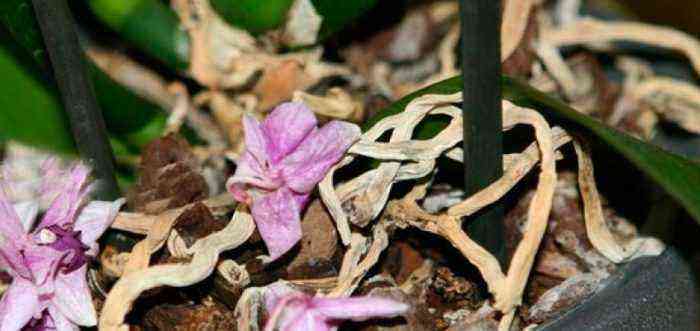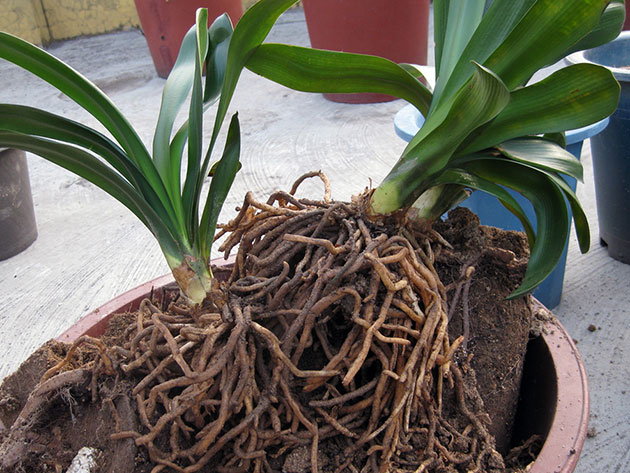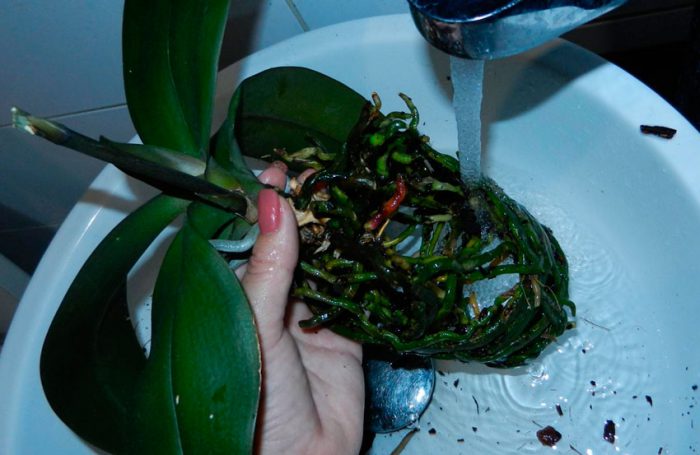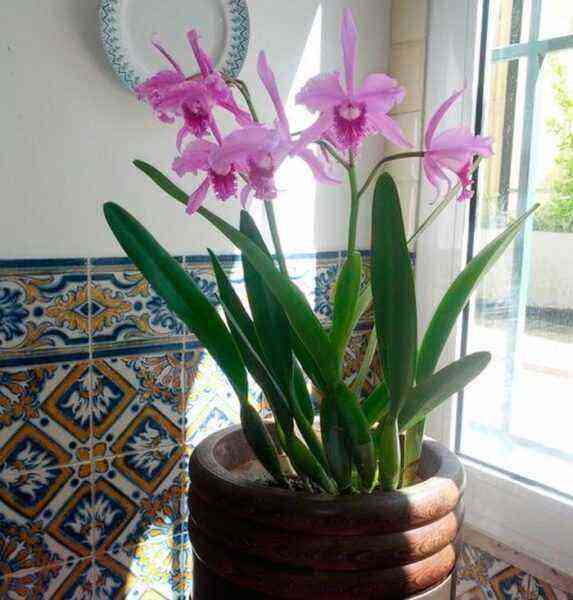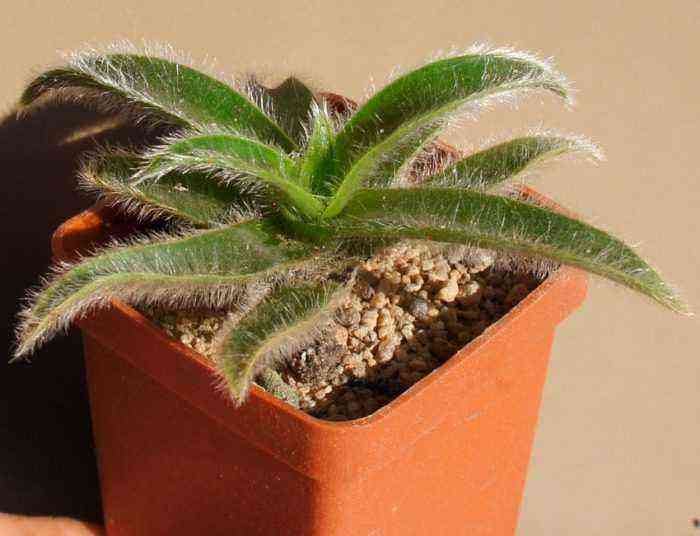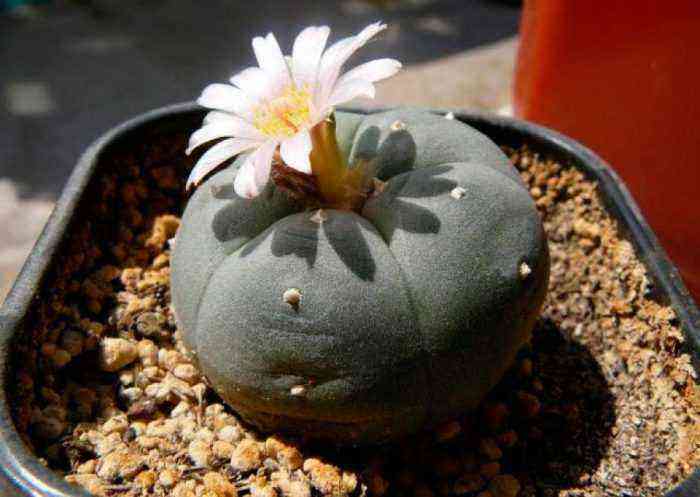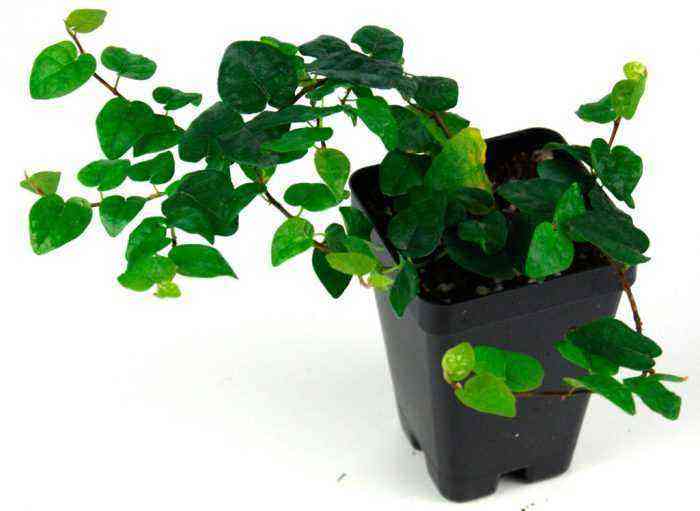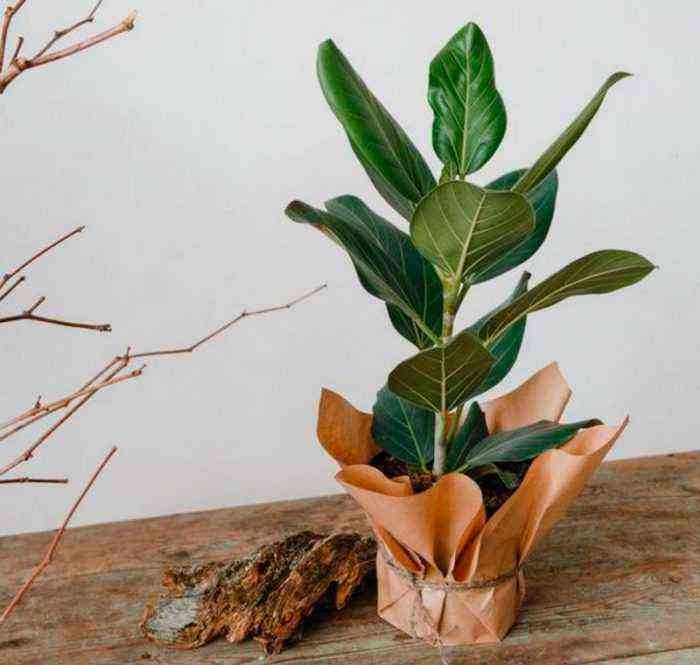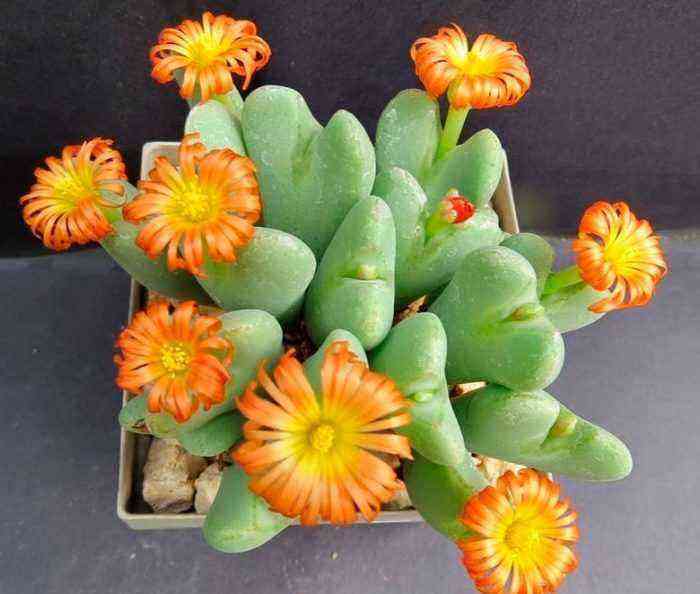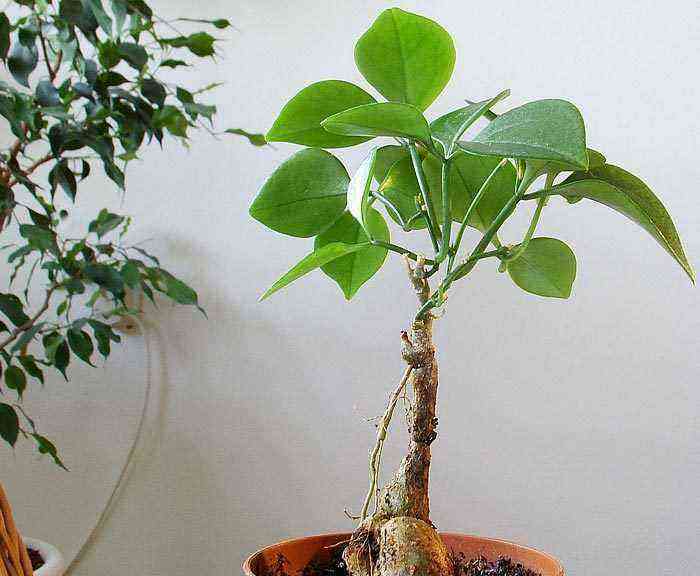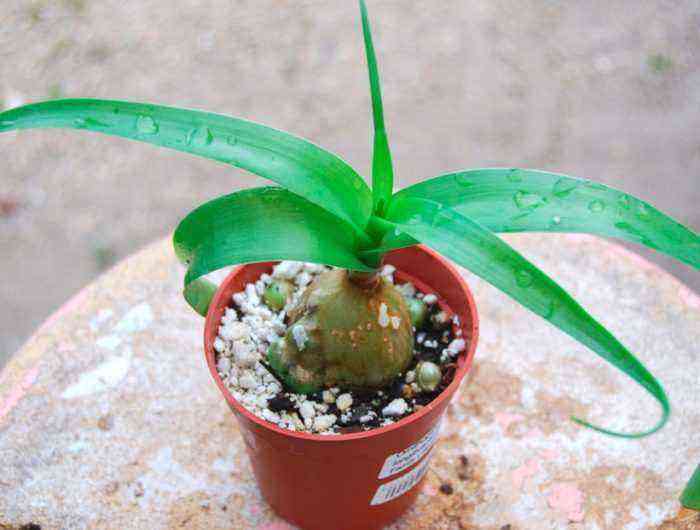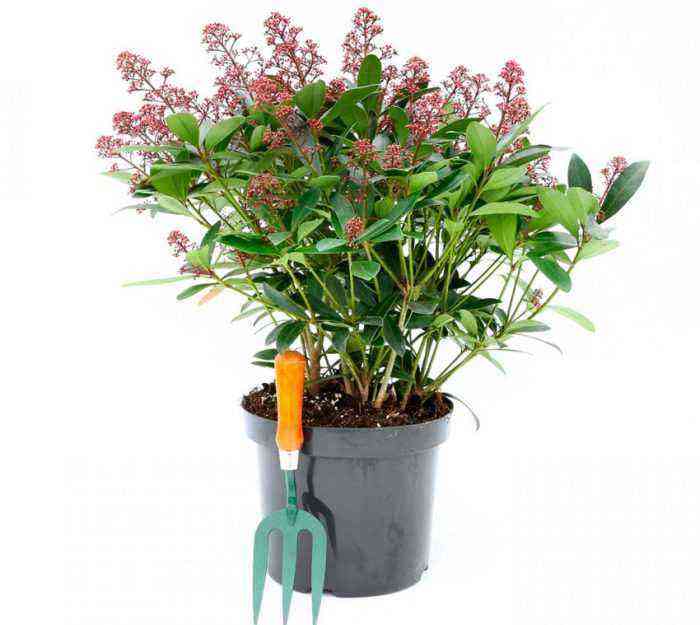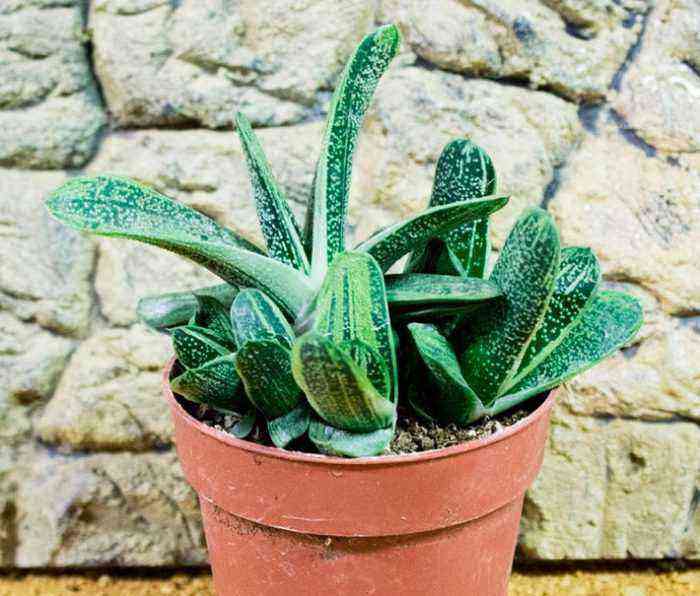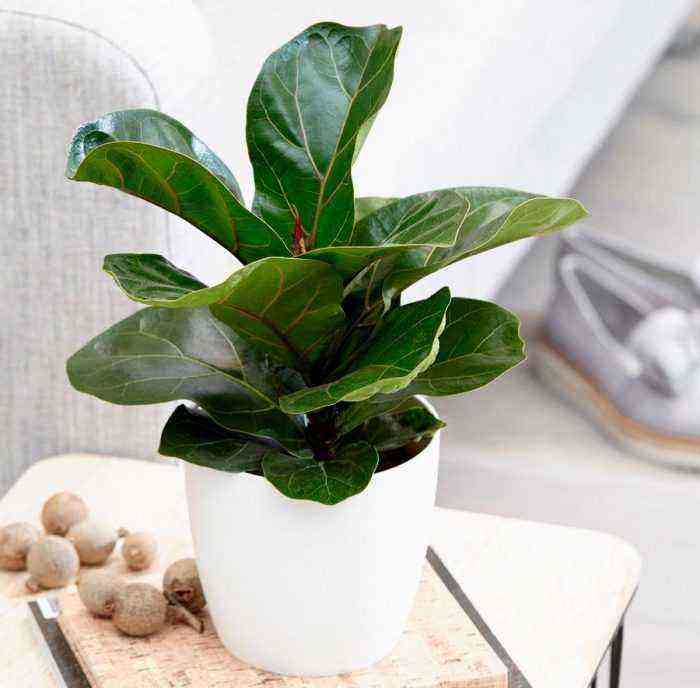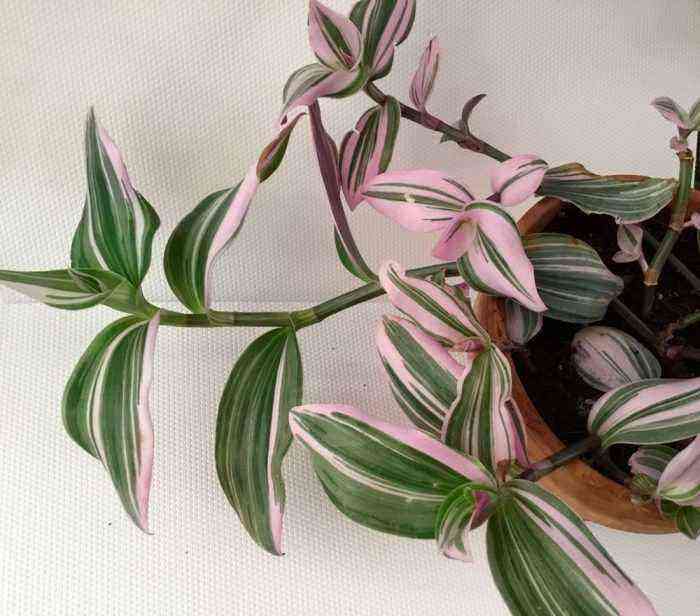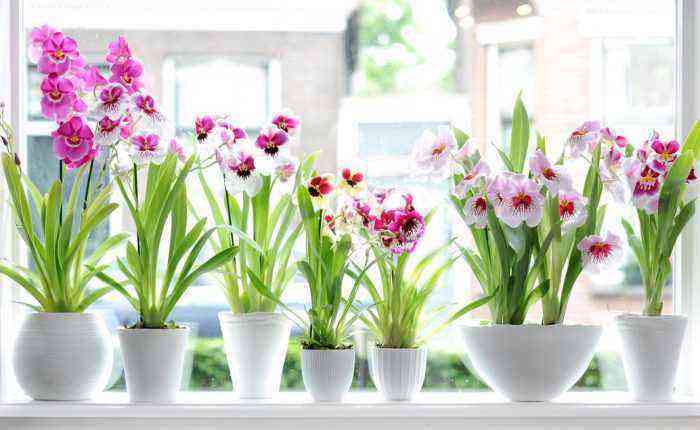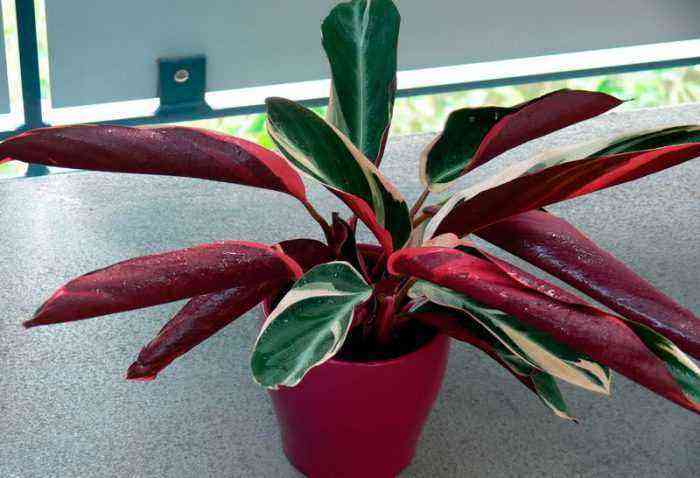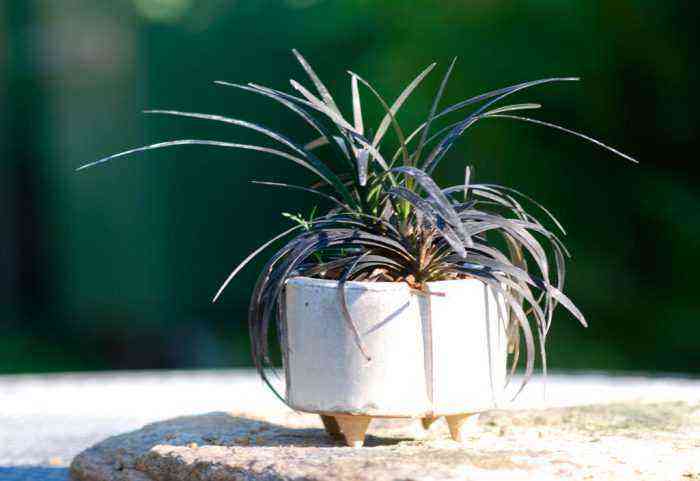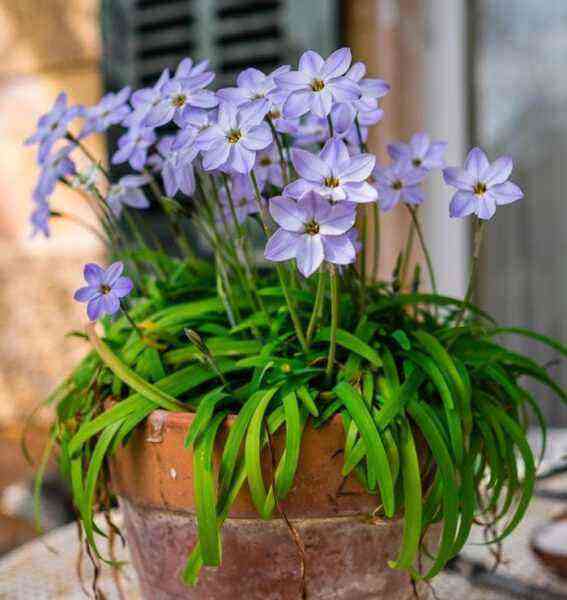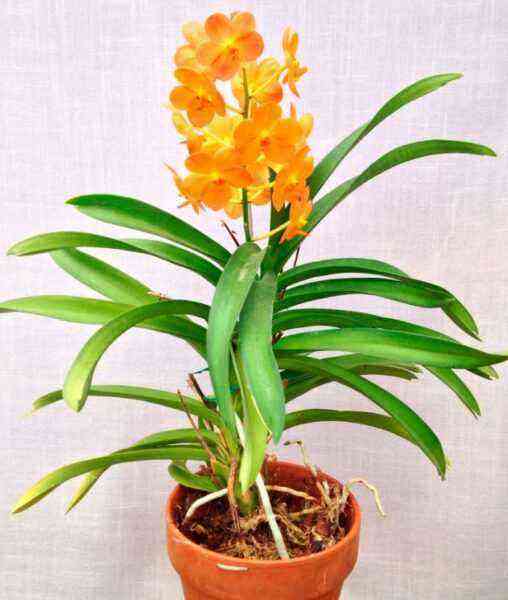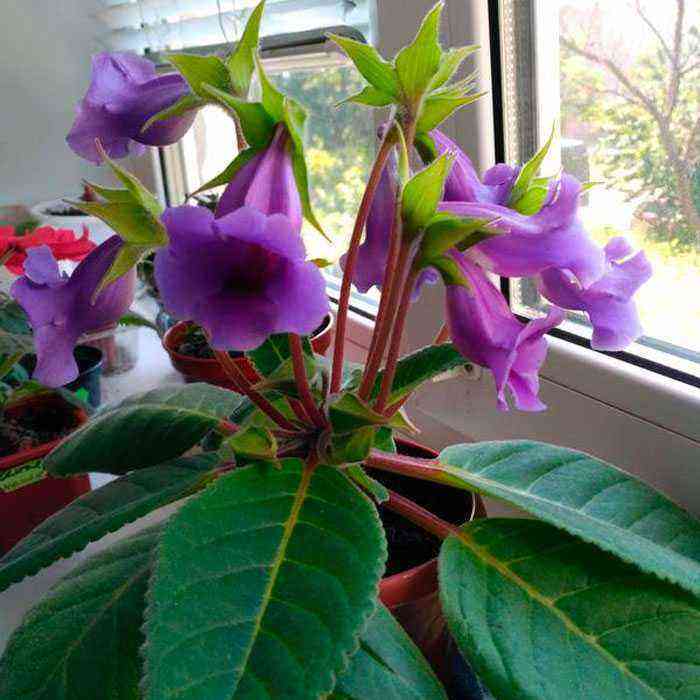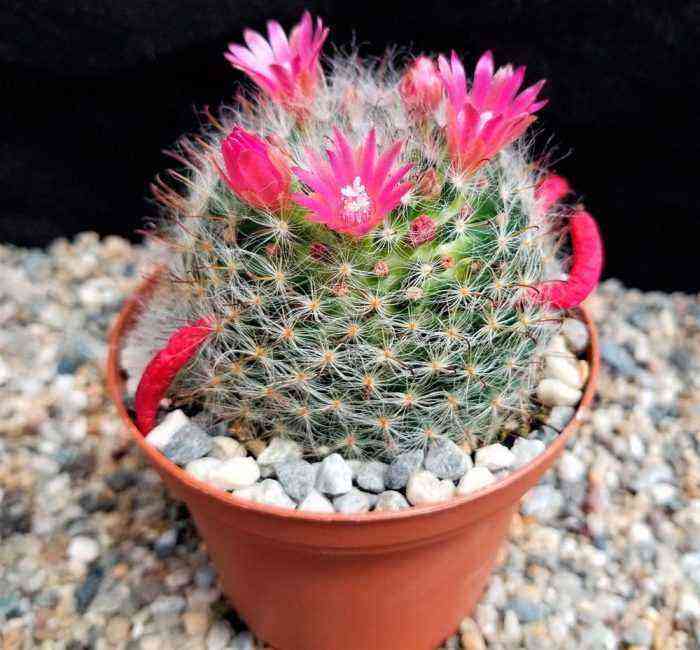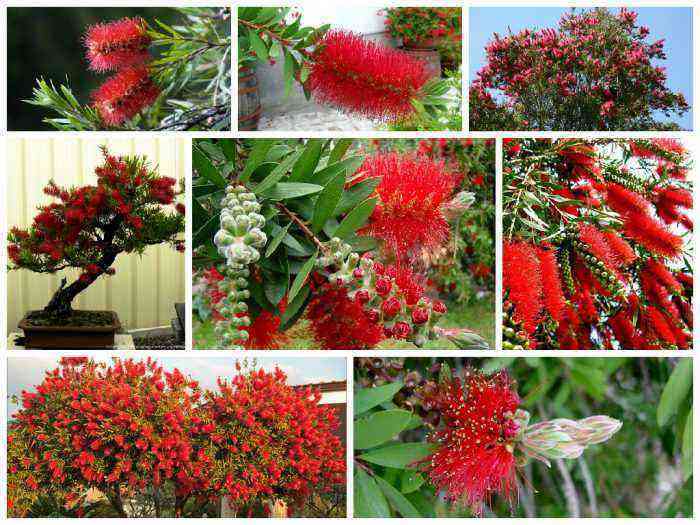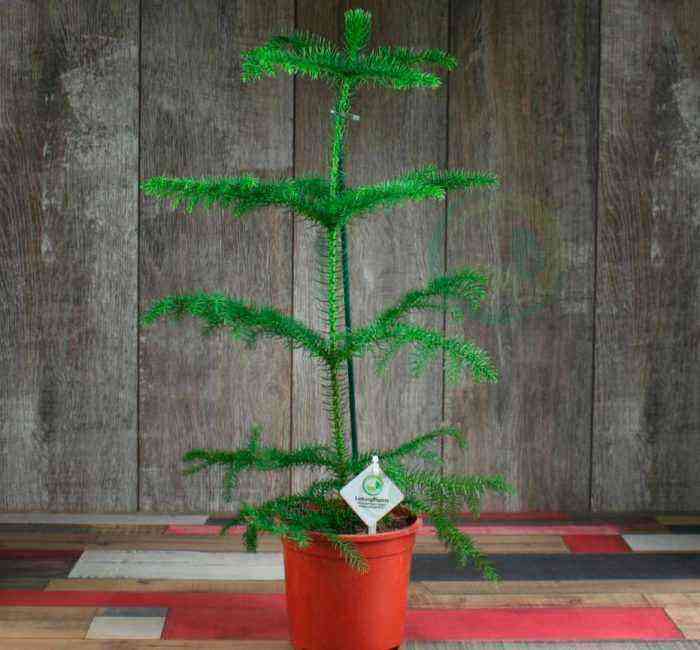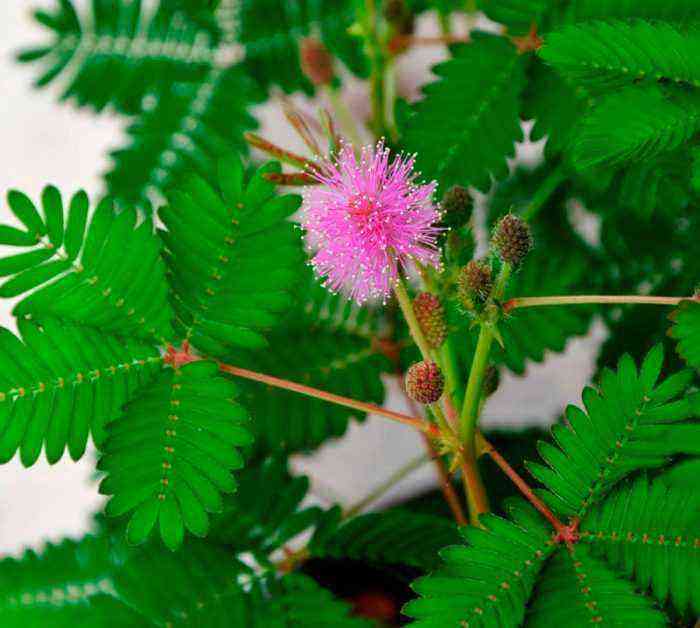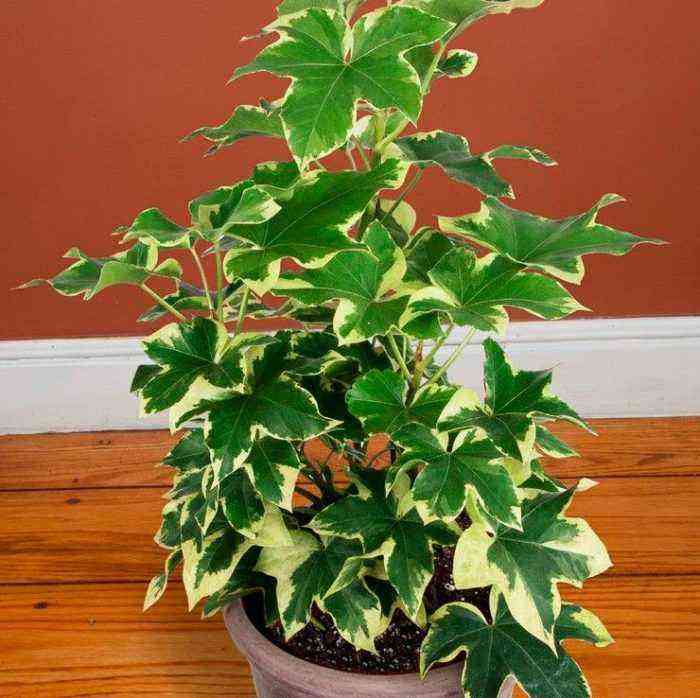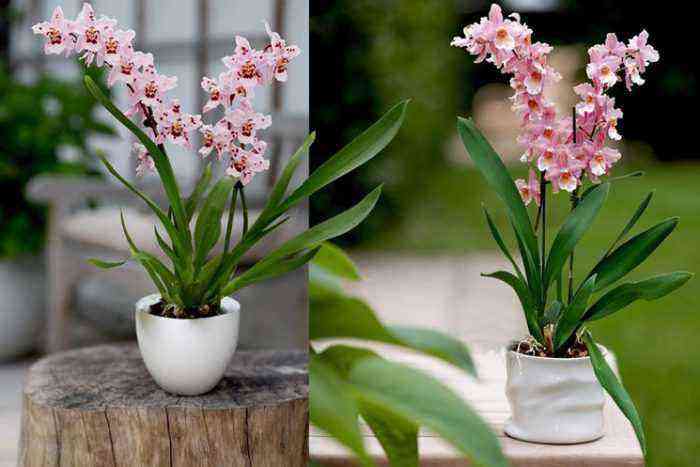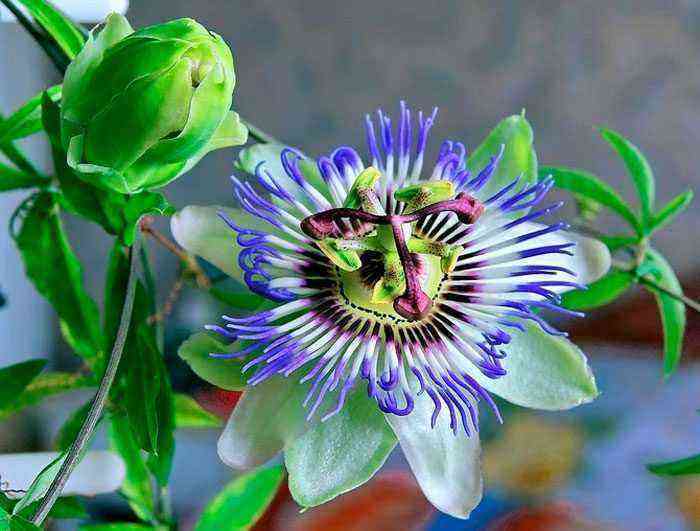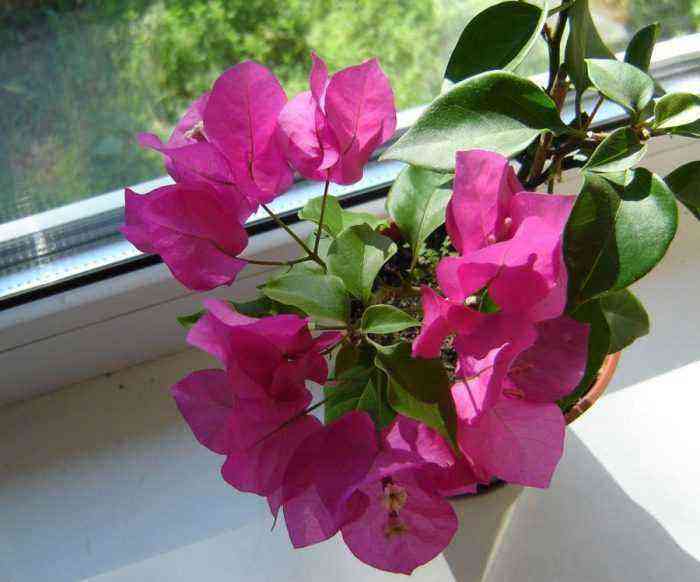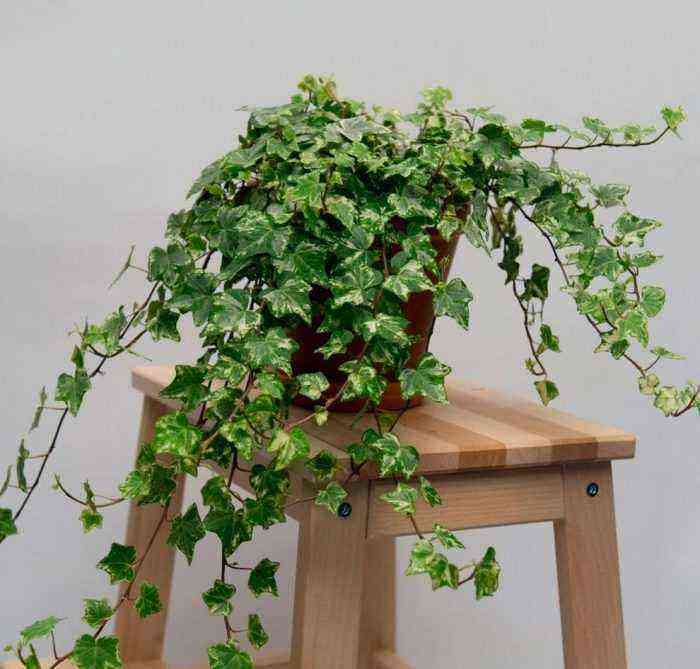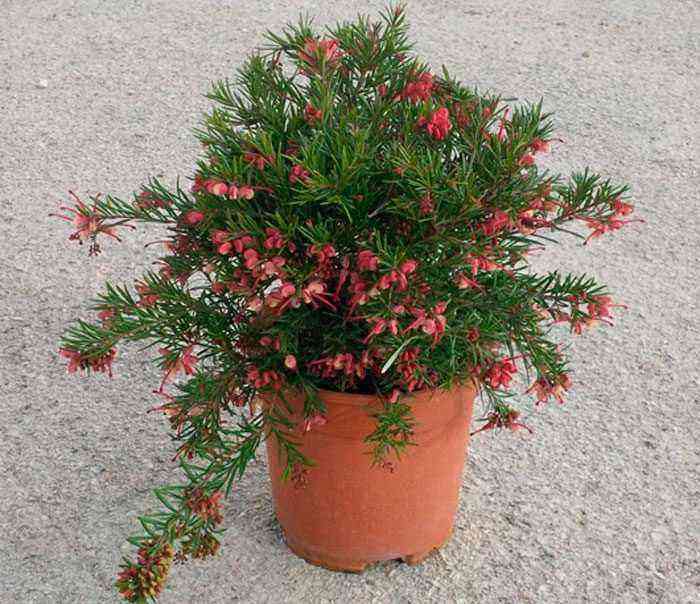Most amateur flower growers believe that it is very easy to figure out whether an orchid has a dead root or a live one. As it seems to them, it is enough to simply evaluate its color and that’s it. So, they are convinced that healthy living roots will have a light color, and those that have died will have a dark color. But this is far from the case. The fact is that the color of the roots in different species and varieties can be different, both light and dark. In this regard, it is impossible to determine the state of the root system of such a flower by color.
Features of orchids with light colored roots
The outer surface of the root is white, but inside it is empty
Many novice growers who do not have enough experience believe that the light color of the roots indicates that they are healthy and alive. However, if in some cases such a root is cut, then you can see that inside it is completely dry and empty.
Is it bad that the spine is yellow
In some cases, the roots that are deep in the substrate can turn yellow over time, and in some cases brownish. This is due to the fact that they lack sunlight. Also, the color of the root system can be influenced by those substances that the plant absorbs from the substrate. In this case, the light color of the roots does not indicate that they are sick or dead.
How to tell if orchids have dead or live roots?
You need to touch the spine. In the event that it is quite hard and resilient, then this means that it is alive. If you pressed on the root, and it sold out, then this means that it is no longer viable, despite the fact that it may have a completely healthy appearance.
It also happens that when examining the root system, you can see an outwardly quite healthy root, but it only has a necrotic area in one place. This root must be removed because it is no longer able to feed the flower normally. And this affected root can also cause the orchid to become infected. In this regard, the examination of the root system of such a plant must be carried out with special care and it is imperative to remove all diseased roots.
A large number of gardeners believe that there is no need to worry about an orchid, if its green part, located above the soil surface, is green, then the whole plant is absolutely healthy. However, this is a misconception. The fact is that the disease-causing processes in the root system do not pass very quickly, and therefore, even if it is sick, then this will affect the green part of the plant only after some time. In this regard, a preventive examination of the root system of an orchid is very important, since when it is carried out, diseased roots can be detected in time and removed.
Why do the roots of an orchid die off?
Main reasons:
- non-observance of the rules for caring for this plant, namely: insufficient or excessive lighting, waterlogging of the substrate, overdrying of the earthy coma in the heat;
- the flower is infected with a bacterial or fungal infection;
- the orchid is already very old.
What action to take if dead roots are found?
The first thing to do is to start caring for the plant, observing all the rules. Such a flower can be “brought back to life” only if it is placed in those conditions that are most suitable for it. A young root system can only grow if there are new shoots. And for their appearance, green buds are simply needed, which must necessarily be alive. Therefore, it is necessary to try to find such kidneys.
Orchid root treatment
The root system of a diseased plant must be immersed in water daily for a while. So, after you immerse the roots in a container with water, then it must be transferred to the windowsill. It is best to carry out this procedure at a temperature of about 20 degrees. Every day in the morning you need to add enough water to the container so that the roots of the plant are completely covered with it. This plant should be in water for 1–2 hours, however, longer “bathing” will not harm it.
In order for the sleeping kidneys to wake up, it is recommended to use baths with the addition of drugs that stimulate growth. So, it is recommended to pour only 1 drop of epin into a liter of water. However, you need to be careful with such baths and not do them too often. So, 2 baths a month will be more than enough.
How quickly will the flower recover? In each case it is individual. So, this may take in one case 1 or 2 months, in another 9-10 months, and some flowers never recover, despite all efforts. In the event that you start to restore your flower in spring or autumn, then the probability of success in this case is much higher.
The orchid has young roots
The orchid has grown young roots, what to do next?
After you find young roots, then you need not to feed the plant anymore from that day. Typically, these roots grow and develop very quickly. When the new roots are five centimeters long, the orchid can be planted in a pot. It should be borne in mind that watering the plant should be moderate, do not allow waterlogging of the soil. Watering should be done only when the substrate dries well.
Suitable substrate
The best way for such flowers is the bark of medium coniferous trees, as well as coarse fractions, sphagnum moss and a small amount of small charcoal.
Fix the plant in a new container to prevent damage to young fragile roots. To do this, stick 2 sticks into the soil and tie a flower to them.
You can also use the greenhouse method to restore this plant. A greenhouse can be purchased in a store or made with your own hands from plastic bottles or from an aquarium.
